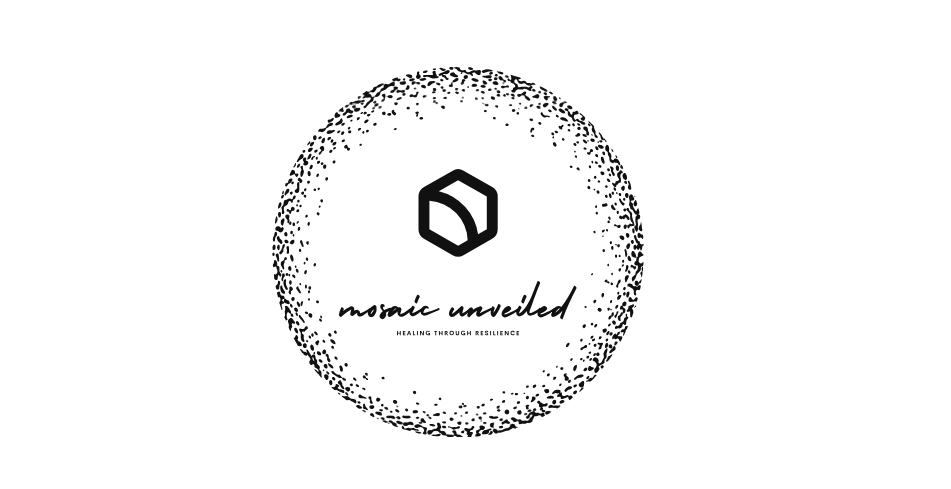
The internet has reshaped nearly every aspect of our lives. We use it to connect with loved ones, build communities, learn, and even heal. But while the digital world has opened up incredible possibilities, it has also created dangerous spaces—ones where sexual abuse thrives silently, and often invisibly.
Today, a child can be groomed while lying in bed, a woman’s intimate photos can be shared without her knowledge, and a teenager can be blackmailed through a screen. This is the new face of sexual exploitation: digital, deceptive, and deeply traumatic.
The Hidden Nature of Digital Abuse
When we hear the words “sexual abuse,” many still picture physical violations in physical spaces. But in the digital age, abuse doesn’t always leave visible bruises. It hides in private messages, encrypted apps, fake profiles, and anonymous comments. It’s not always easy to recognize, but its effects are just as real and just as damaging.
Take grooming, for example. It often starts innocently—someone sending compliments, offering emotional support, or pretending to understand. Over time, the abuser builds trust, slowly pushing boundaries until they coerce or manipulate their victim into sending intimate photos, videos, or engaging in sexual conversations. By the time the victim realizes what’s happening, they’re often emotionally entangled, afraid, or too ashamed to speak up.
Then there’s sextortion—a growing threat where perpetrators use private content to blackmail victims. “If you don’t send more, I’ll release what you’ve already shared.” This kind of digital violence traps people in silence and shame, especially young people who fear judgment, punishment, or public exposure.
When the Internet Becomes a Weapon
 What makes online abuse uniquely cruel is its reach. In the physical world, abuse is horrific. But in the digital world, it can be recorded, replicated, and replayed endlessly—on phones, in group chats, and across social platforms. Survivors aren’t just healing from a single violation—they’re haunted by the fear that the abuse may resurface at any moment.
What makes online abuse uniquely cruel is its reach. In the physical world, abuse is horrific. But in the digital world, it can be recorded, replicated, and replayed endlessly—on phones, in group chats, and across social platforms. Survivors aren’t just healing from a single violation—they’re haunted by the fear that the abuse may resurface at any moment.
Even worse, many don’t report it. Some don’t think they’ll be believed. Others are blamed for having shared something “inappropriate” in the first place. The victim-blaming culture is alive and well, especially when it comes to digital spaces where people still say things like, “Why did you send that photo?” instead of, “Why did they violate your trust?”
Why Justice Feels So Far Away
Justice, in these cases, often feels like a distant hope. The laws haven’t caught up with the technology. Social media platforms sometimes delay or deny taking down abusive content. Law enforcement may lack training in handling digital exploitation. And survivors are left trying to prove a harm that many still don’t fully understand.
But the harm is real. Survivors of online abuse carry deep emotional wounds—shame, anxiety, depression, and in many cases, PTSD. And because their trauma lives on in the digital space, the process of healing can feel endless.
Breaking the Silence, Reclaiming the Space
So, how do we begin to shift this?
First, by naming it. Online sexual exploitation is abuse. Period. It’s not “drama” or “a mistake” or “something they brought on themselves.” It’s a violation of trust, autonomy, and dignity. And it deserves to be treated with the same urgency and care as any form of sexual violence.
We also need to educate, advocate, and empower:
-
Educate young people on digital consent, boundaries, and how to recognize red flags.
-
Hold tech companies accountable for user safety, reporting systems, and prompt removal of abusive content.
-
Support survivors with trauma-informed care and resources that validate their pain, whether it happened offline or online.
And perhaps most importantly, we need to believe survivors. When someone says, “This happened to me,” our first response should not be suspicion. It should be compassion.
A Message to Survivors
If you’ve experienced online sexual abuse, know this: what happened to you was not your fault. Whether it started with a conversation, a photo, or a moment of vulnerability, you did not deserve to be violated.
You are not alone. And you are not broken.
Your story matters. Your healing matters. And there is a growing movement rising to stand beside you, to call for justice, and to push back against the silence.
At Mosaic Unveiled, we are committed to breaking the stigma around sexual abuse in all its forms, including the ones that happen through screens and behind passwords. The digital world can be a place of connection, healing, and empowerment—but only if we fight to make it safe.
The future we’re building is one where survivors are seen, believed, and supported—online and offline.
💡”Online abuse is not less real because it happens behind a screen. The pain is digital—but the trauma is human.”
📘 Downloadable Resource
📥 Free PDF: Staying Safe Online – A Guide for Survivors
✅ Learn how to spot grooming, protect your images, and find help.
